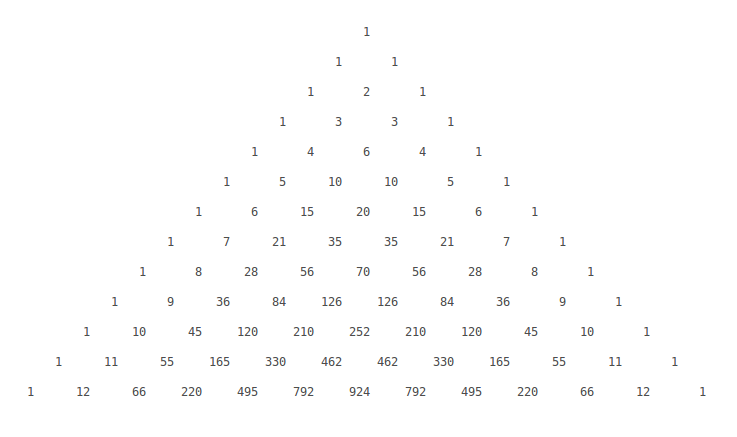How do you use the binomial theorem to approximate #(1.98)^9#?
1 Answer
Explanation:
#(a+b)^n = sum_(k=0)^n ((n),(k)) a^(n-k) b^k#
where
We could use this with
We can find the binomial coefficients

So we find:
#1.98^9 = 2^9*(1-0.01)^9#
#color(white)(1.98^9) = 2^9*(1-9(0.01)+36(0.0001)-84(0.000001)+...)#
#color(white)(1.98^9) = 2^9*(1-0.09+0.0036-0.000084+...)#
#color(white)(1.98^9) ~~ 2^9*(1-0.09+0.0036-0.000083)#
#color(white)(1.98^9) ~~ 2^9*0.913517#
#color(white)(1.98^9) ~~ 2^8*1.827034#
#color(white)(1.98^9) ~~ 2^7*3.654068#
#color(white)(1.98^9) ~~ 2^6*7.308136#
#color(white)(1.98^9) ~~ 2^5*14.616272#
#color(white)(1.98^9) ~~ 2^4*29.232544#
#color(white)(1.98^9) ~~ 2^3*58.465088#
#color(white)(1.98^9) ~~ 2^2*116.930176#
#color(white)(1.98^9) ~~ 2*233.860352#
#color(white)(1.98^9) ~~ 467.721#

